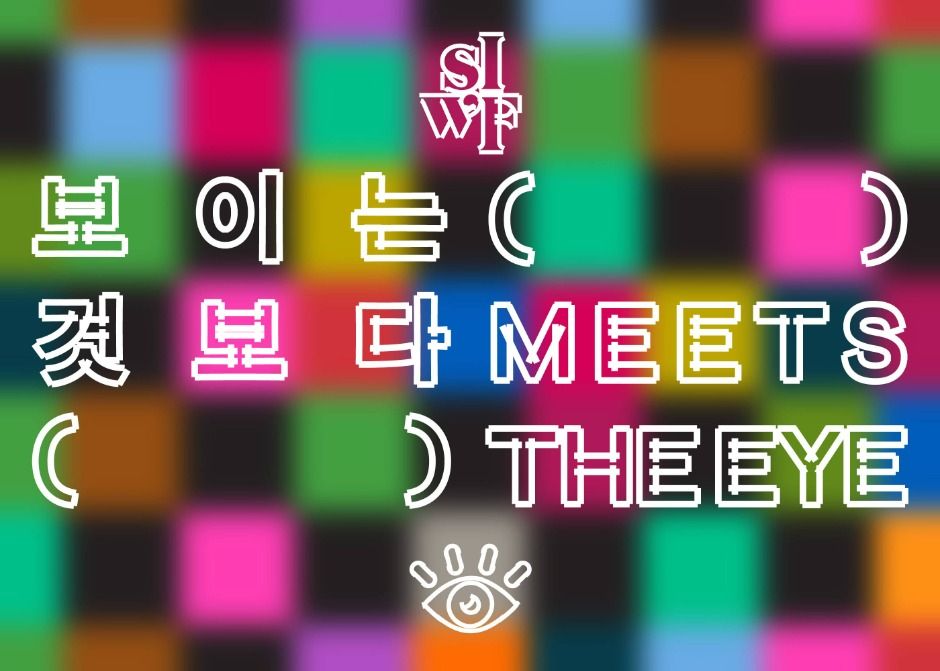Bangsan Wholesale Market (방산 종합시장)
17.8Km 2025-10-23
20, Dongho-ro 37-gil, Jung-gu, Seoul
+82-2-2268-6691
Bangsan Market is a wholesale market with approximately 250 stores that sells packaging and promotional materials. The market was popular with patissiers in the past and is currently more famous for being a bakery street.
Jogyesa Temple (조계사(서울))
17.8Km 2024-10-25
55 Ujeongguk-ro, Jongno-gu, Seoul
As the main temple as well as the district head temple of the Jogye order in Seoul, Jogyesa Temple is the center of Korean Buddhism. The temple was built in the late 14th century during the Goryeo period but was completely destroyed in a fire. It was rebuilt under the name of Gakwangsa Temple in 1910 with the effort of many respectful monks, namely Han Yong-un and Lee Hee-gwang. The temple was given a role as the head temple of Korea’s Buddhism and renamed to Tegosa Temple in 1936. In 1954, a purification drive took place to eliminate Japanese influence and revive traditional Buddhism, which established the present day Jogyesa Temple as a result.
Jogyesa Temple plays an important role in Korean Buddhism as the head temple of the Jogye order. Jogyesa Temple’s Dharma Hall serves as the main venue for several Buddhist events, holding rituals, lectures, ceremonies, and other events all year long. The annual lantern festival in celebration of Buddha's birthday also takes place at this temple.
Happy Jewerly [Tax Refund Shop] (해피쥬얼리)
17.8Km 2024-06-27
1F, #21, 26, Donhwamun-ro, Jongno-gu, Seoul
-
Seoul International Writers' Festival (서울국제작가축제)
17.9Km 2025-07-30
26 Insadong 9-gil, Jongno-gu, Seoul
+82-70-8826-5207
Seoul International Writers' Festival was founded in 2006 with aims to lay a foundation for connecting Korean literature and international literature. This year's theme is "() Meets the Eye," inviting attendees to explore the beauty of literature that is much more than meets the eye.
Homeplus - Bucheon Sang-dong Branch [Tax Refund Shop] (홈플러스 부천상동)
17.9Km 2024-04-23
118, Gilju-ro, Bucheon-si, Gyeonggi-do
-
Olive Young - Bucheon Homeplus Sang-dong Branch [Tax Refund Shop] (올리브영 홈플러스부천상동)
17.9Km 2024-04-18
118, Gilju-ro, Bucheon-si, Gyeonggi-do
-
Youus Tours (유어스투어)
17.9Km 2025-11-28
#912-913, Magok M-Signature, 20 Magokjungang 1-ro, Gangseo-gu, Seoul
We are a premier medical tourism agency, dedicated to providing private and seamless experiences. From airport to hotel and hospital, enjoy direct, comfortable transfers in our diverse fleet of luxury vehicles. We ensure a safe and relaxing journey, combining personalized medical services with a high-quality travel experience for your optimal health and well-being.
HANAMPIG Dongdaemoon (하남돼지집 동대문)
17.9Km 2024-03-11
9, Eulji-ro, 43-gil, Jung-gu, Seoul
+82-2-2266-3030
Located near Dongdaemun Design Plaza , HANAMPIG specializes in grilled pork. When pre-grilled meat is served, the staff cuts it into pieces and puts it on the grill to cook. The recommended combination is to grill kimchi or mushrooms together to enhance the savory flavor. In the vicinity, one can explore Dongdaemun fashion malls, enriching the experience of the area.
E-Mart - Suji Branch [Tax Refund Shop] (이마트 수지)
17.9Km 2024-04-22
203, Suji-ro, Suji-gu, Yongin-si, Gyeonggi-do
-



![Homeplus - Bucheon Sang-dong Branch [Tax Refund Shop] (홈플러스 부천상동)](http://tong.visitkorea.or.kr/cms/resource/07/2881907_image2_1.jpg)
![Olive Young - Bucheon Homeplus Sang-dong Branch [Tax Refund Shop] (올리브영 홈플러스부천상동)](http://tong.visitkorea.or.kr/cms/resource/08/2881908_image2_1.jpg)
![E-Mart - Suji Branch [Tax Refund Shop] (이마트 수지)](http://tong.visitkorea.or.kr/cms/resource/68/2888668_image2_1.jpg)
 English
English
 한국어
한국어 日本語
日本語 中文(简体)
中文(简体) Deutsch
Deutsch Français
Français Español
Español Русский
Русский